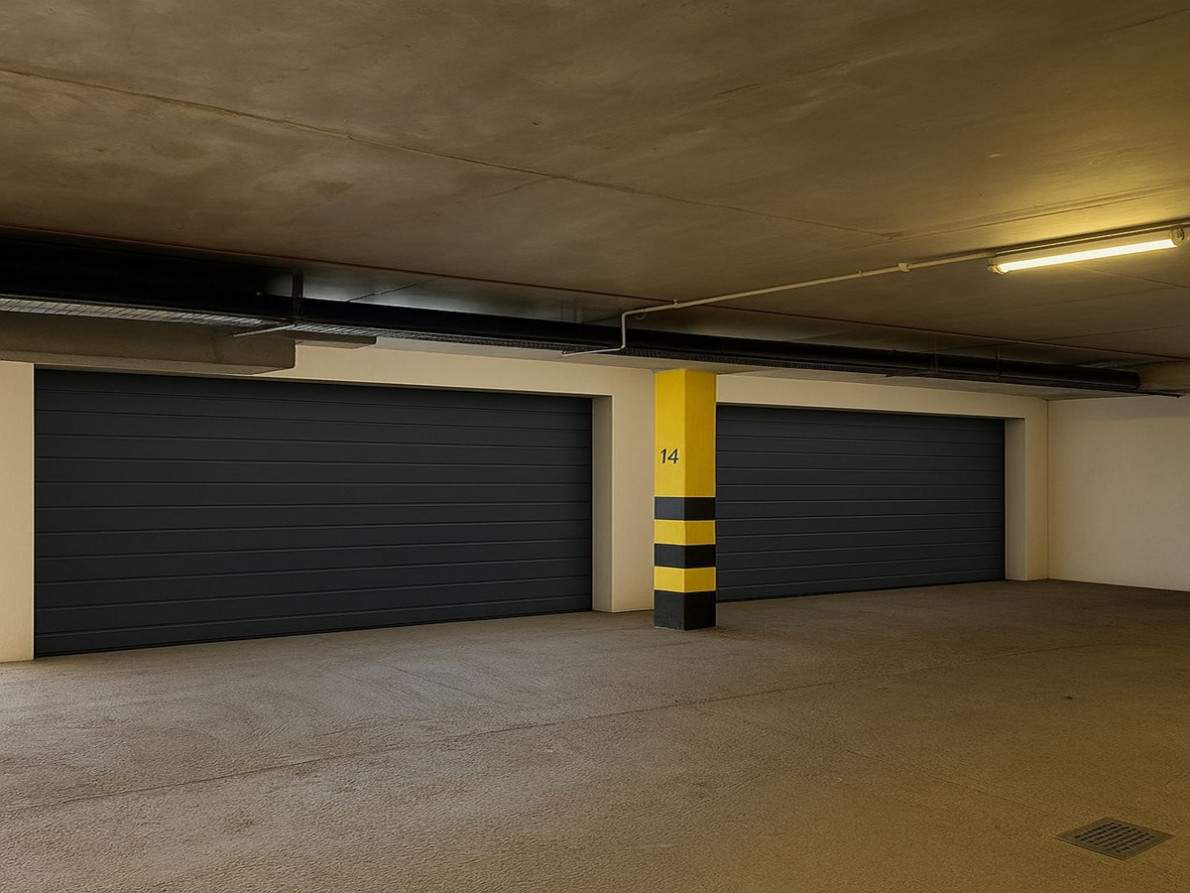A Guide to Tenancy Terms (Part 4)

Standing order
An instruction, issued by the account holder, to their bank, detailing a regular, ongoing payment which should be made from their account to a specified individual or company. Unlike Direct Debits, the amount and schedule are typically fixed. Standing orders are the commonest way of paying rent – Direct Debits are seldom used for this purpose. A tenant would typically set up a standing order with their bank, stating the amount to be paid, and providing their landlord’s (or rental agency’s) bank details. A standing order can be set up to continue indefinitely, in which case only the account holder can cancel it. Alternatively, a standing order may have a set duration – for instance, 6 months.
For more details, see our page on rental payments.
Statutory Obligations
Legal responsibilities of the landlord (or their appointed agents).
Sublet
Subletting is an arrangement whereby a tenant rents out the property which they them self rent (or a room within it). Most tenancy agreements prevent tenants from subletting – or at least stipulate that the landlord’s permission must be sought. Landlords can bring legal action against tenants who violate this clause.
Tenancy agreement
A contract between tenant and landlord laying out the full terms and conditions linked to the rental of a property. Both parties will typically sign a written contract, which constitutes the rental agreement, prior to a property being let.





